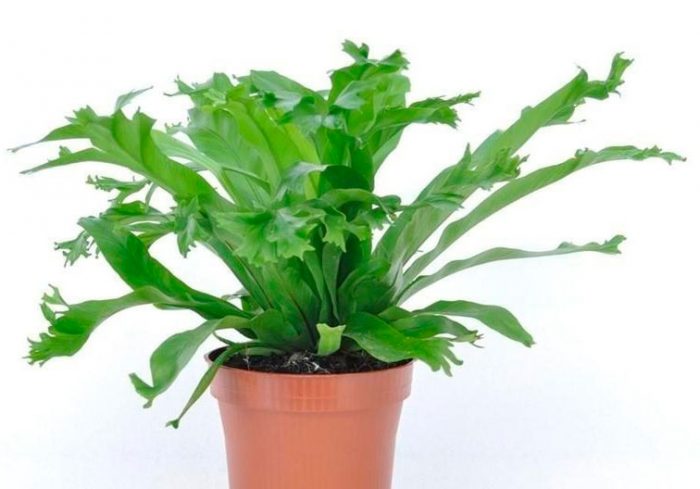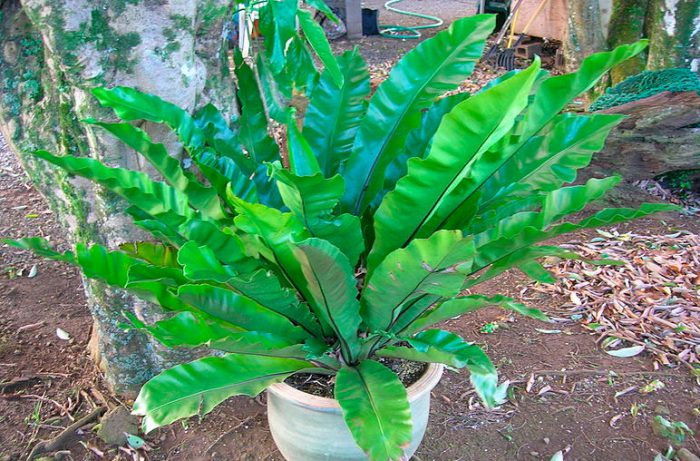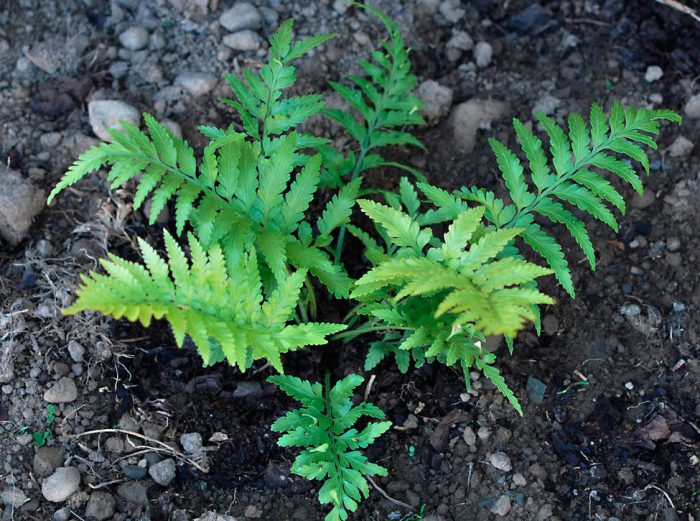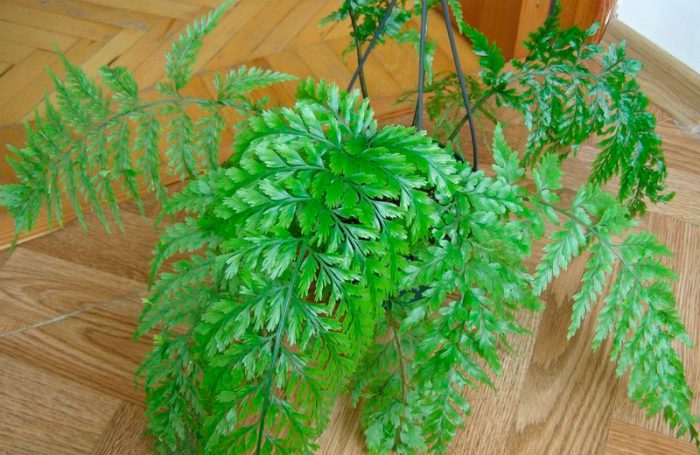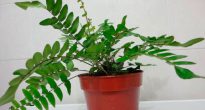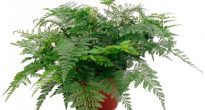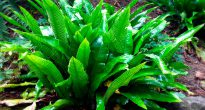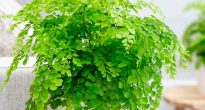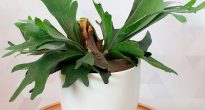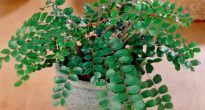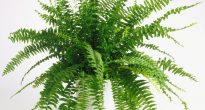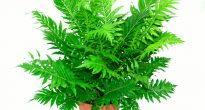A plant like asplenium (Asplenium), which is also called Kostenets, is directly related to the Aspleniaceae family. It belongs to the genus of epiphytic or terrestrial ferns, which are very widespread. Many species of Asplenium are adapted for growing at home.
This plant in the wild can be found in various parts of the world. So, it can be seen in the tropics of East Africa, New Zealand, Australia, as well as North India.
Popular indoor asplenium species have large, light green leaves of a variety of species that form a rosette. They also have a short and creeping rhizome, on the surface of which there are rather soft scales.
The leaves differ in shape: whole, pinnately dissected, triangular, long xiphoid, and also having wavy edges. Sporangia are located on the lower surface of the leaves.
This plant is easy enough to grow, but only if it is properly cared for. Over the years, this fern grows significantly in width, because it constantly has new leaves from the center of the rosette. Reacts extremely negatively when its foliage is touched.
Some popular types
Asplenium nesting (Asplenium nidus)
It bears great similarity with plants belonging to the bromeliad family. It is an epiphytic plant and often settles on snags or tree trunks. Leathery whole leaves in height can reach 75 centimeters. They form an open and wide enough socket. In the wild, organic residues accumulate in this outlet, as well as water, and the plant feeds on them.
Asplenium bulbiferum
This deciduous, herbaceous fern has oblong, feathery leaves that are triangular in shape. They are colored light green and reach a length of 60 centimeters.
Brood buds appear on the foliage of this plant, from which babies grow in large numbers over time. If you provide increased air humidity, then they, falling on the soil surface not far from the mother fern, can take root. This species is native to New Zealand.
Asplenium viviparum (Asplenium viviparum)
This fern is terrestrial.It has long (from 40 to 60 centimeters) dissected leaves that have an arcuate-curved shape. Brood buds are formed on the surface of the leaves. Over time, they fall off and, falling on a wet soil surface, take root.
Home care for asplenium
Illumination
This fern is quite photophilous, but it does not tolerate the direct rays of the sun, from which it is recommended to shade it.
Temperature regime
Asplenium loves warmth very much. So, in the warm season, he feels great at a temperature of 20-25 degrees, in winter, you need to ensure that the temperature is not less than 18 degrees. Doesn't like drafts.
Humidity
Requires high humidity (about 60 percent). Frequent spraying with slightly warm and always soft water is recommended. And this fern can also be put on a wide pallet, which must first be filled with gravel or expanded clay and pour in a little water.
How to water
In the spring and summer, the plant needs abundant watering. In the cold season, it should be moderate. For these purposes, use soft water at room temperature. You can also not water the plants, but systematically lower it into a basin filled with water.
Top dressing
Fern needs to be fed from April to September. Do this once every 4 weeks, using fertilizers for ornamental foliage plants (apply ½ part of the recommended dose).
Transplant features
The transplant is carried out as needed and a pot is used slightly larger than the previous one. The earth should be slightly acidic and loose. The soil mixture can be made independently by mixing leaf, peat and humus soil, as well as sand in a ratio of 3: 2: 1: 2. It is also recommended to add sphagnum moss or pieces of charcoal to the soil mixture.
How to propagate
Viviparous asplenium easily reproduces by children, and nest-like - by dividing a bush.
Possible problems
- Spots or stripes of brownish color below the leaves - these are spores, with the help of which the plant reproduces, and they are formed during sporulation (in an adult fern).
- The tips of the leaves dry - low humidity.
- Leaves curl, but do not dry - low temperature, draft.
- Pale leaves and there are burn marks on them - excessively bright light, move to a darker place.
- Sluggish foliage while the soil is moist - overflow and formation of rot on the rhizome is possible.

